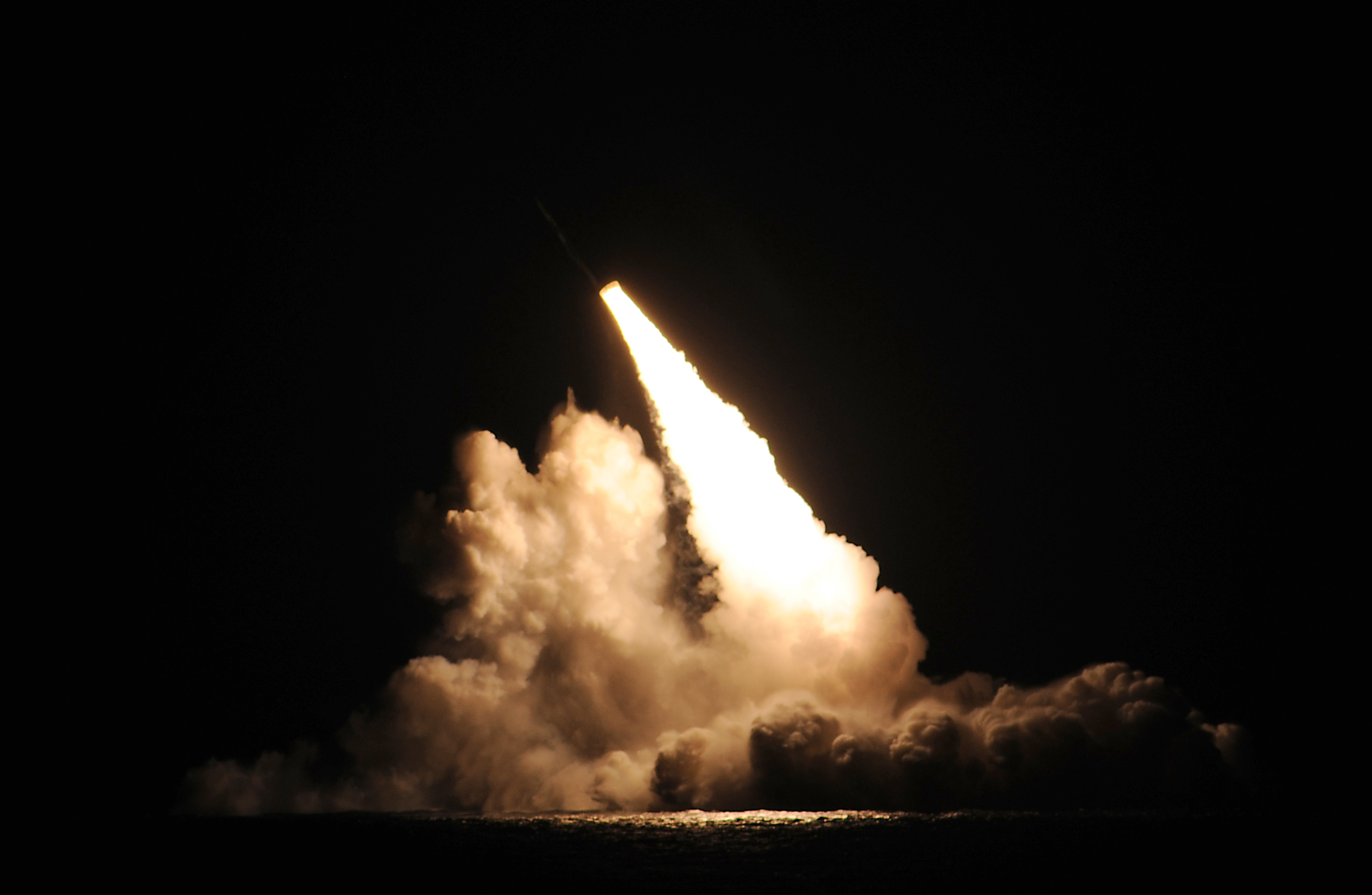|
British Nuclear Weapons Tests
In 1952, the United Kingdom became the third country (after the United States and the Soviet Union) to develop and test nuclear weapons, and is one of the five nuclear-weapon states under the Treaty on the Non-Proliferation of Nuclear Weapons. The UK initiated a nuclear weapons programme, codenamed Tube Alloys, during the Second World War. At the Quebec Conference in August 1943, it was merged with the American Manhattan Project. The British contribution to the Manhattan Project saw British scientists participate in most of its work. The British government considered nuclear weapons to be a joint discovery, but the American Atomic Energy Act of 1946 (McMahon Act) restricted other countries, including the UK, from access to information about nuclear weapons. Fearing the loss of Britain's great power status, the UK resumed its own project, now codenamed High Explosive Research. On 3 October 1952, it detonated an atomic bomb in the Monte Bello Islands in Australia in Operation H ... [...More Info...] [...Related Items...] OR: [Wikipedia] [Google] [Baidu] |
UGM-133 Trident II
The UGM-133A Trident II, or Trident D5 is a submarine-launched ballistic missile (SLBM), built by Lockheed Martin Space in Sunnyvale, California, and deployed with the US Navy, American and Royal Navy, British navies. It was first deployed in March 1990, and remains in service. The Trident II Strategic Weapons System is an improved SLBM with greater accuracy, payload, and range than the earlier UGM-96 Trident I, Trident C-4. It is a key element of the U.S. strategic nuclear triad and strengthens U.S. deterrence theory, strategic deterrence. The Trident II is considered to be a durable sea-based system capable of engaging many targets. It has payload flexibility that can accommodate various treaty requirements, such as New START. The Trident II's increased payload allows nuclear deterrence to be accomplished with fewer submarines, and its high accuracy—approaching that of intercontinental ballistic missile, land-based missiles—enables it to be used as a pre-emptive nuclear str ... [...More Info...] [...Related Items...] OR: [Wikipedia] [Google] [Baidu] |
British Hydrogen Bomb Programme
The British hydrogen bomb programme was the ultimately successful British effort to develop hydrogen bombs between 1952 and 1958. During the early part of the Second World War, Britain had a nuclear weapons project, codenamed Tube Alloys. At the Quebec Conference in August 1943, British prime minister Winston Churchill and United States president Franklin Roosevelt signed the Quebec Agreement, merging Tube Alloys into the American Manhattan Project, in which many of Britain's top scientists participated. The British government trusted that America would share nuclear technology, which it considered to be a joint discovery, but the United States Atomic Energy Act of 1946 (also known as the McMahon Act) ended technical cooperation. Fearing a resurgence of American isolationism, and the loss of Britain's great power status, the British government resumed its own development effort, which was codenamed "High Explosive Research". The successful nuclear test of a British atomic bo ... [...More Info...] [...Related Items...] OR: [Wikipedia] [Google] [Baidu] |
Nuclear Submarine
A nuclear submarine is a submarine powered by a nuclear reactor, but not necessarily nuclear-armed. Nuclear submarines have considerable performance advantages over "conventional" (typically diesel-electric) submarines. Nuclear propulsion, being completely independent of air, frees the submarine from the need to surface frequently, as is necessary for conventional submarines. The large amount of power generated by a nuclear reactor allows nuclear submarines to operate at high speed for long periods, and the long interval between refuelings grants a range virtually unlimited, making the only limits on voyage times being imposed by such factors as the need to restock food or other consumables. The limited energy stored in electric batteries means that even the most advanced conventional submarine can only remain submerged for a few days at slow speed, and only a few hours at top speed, though recent advances in air-independent propulsion have somewhat ameliorated this disadv ... [...More Info...] [...Related Items...] OR: [Wikipedia] [Google] [Baidu] |



